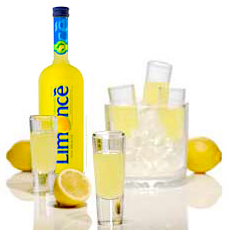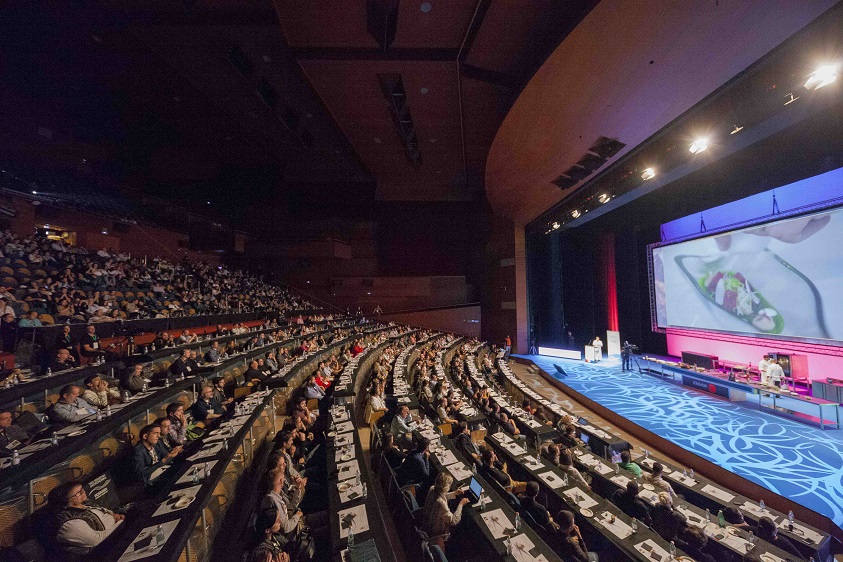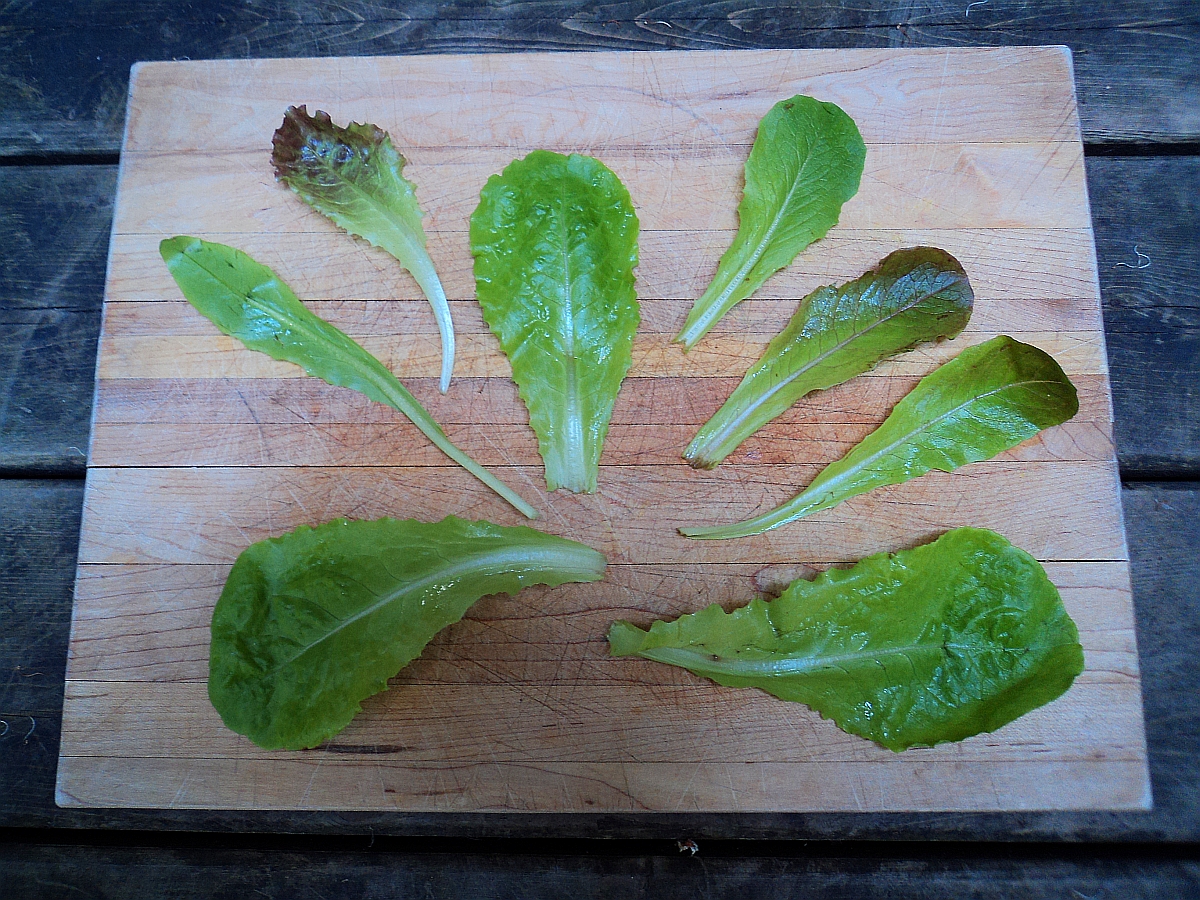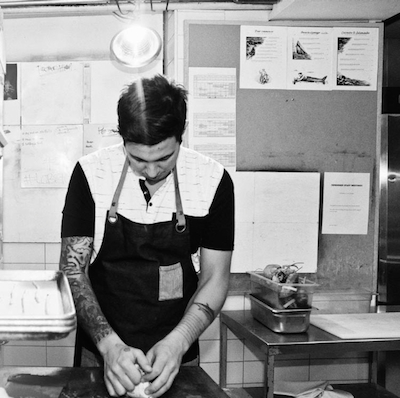by Malcolm Jolley
It’s the end of a long summer dinner in a small town in the Sabine Hills west of Rome. The taberna is rustic, but the food has been exceptionally good: perfectly simple dishes using exquisitely fresh ingredients like porcini picked from the surrounding oak forests. The wine has arrived in label-less carafes, but has gone down well enough that we are glad that our rented house is a short walk away. We have paid the bill and are about to head home, when the mustachioed innkeeper comes to the table with four shot glasses and a dusty bottle with a bright yellow liquid in it. Through broken phrases of English and Italian, we discern that he is bringing us his homemade limoncello as a final digestif, compliments of the house. We sip the the sweet, yet slightly tart, drink convinced we have found the very centre of civilised life and all the benefits of thousands of years of refined gastronomic culture.
Maybe we had, or maybe not. And maybe the innkeeper made the limoncello (by simply macerating lemon peels and sugar with a neutral spirit, like vodka – cf. Mario Batali), or maybe he didn’t. Tony Roberts suggested to me the odds are he was pouring Limoncé, Italy’s bestselling brand of the liquore di limoni: “It happens all the time – they keep it in the fridge in a homemade bottle”. Roberts added that keeping it in the fridge or on ice is a must: “It doesn’t work at room temperature, it’s at cold temperatures that the citrus comes out.”
Roberts is spirits industry veteran based in the UK with Stock, which produces Limoncé with no articifial flavours or additives near Trieste. They have just begun to import it into Canada (LCBO# 271874 – $17.95/750ml bottle). He was in town to promote the brand and change Canadian sipping culture. Over a casual lunch in Toronto’s western suburbs, Roberts explained that one of his big challenges is to get Brits, Americans and Canadians to sip something out of a shot glass: “they think it’s a shot, but you’re supposed to sip it”. One way around this is to promote Limoncé as a mixer, and the brand’s American website has a bunch of recipes using the ‘Natural Lemon Liqueur’. On it’s own, Limoncé clocks in at a respectable 25% alchohol by volume – that’s somewhere in the middle between wine and hard liquors. Roberts prefers it simply mixed with ginger beer, which strikes me as a diabolically dangerous hangover cure.
As an old school Italophile, I like mine neat, after dinner. But how does Limoncé taste? Beppi Crosariol nailed it in The Globe and Mail: “it’s like a liquefied lemon meringue pie”. Maybe with a touch of lemon jello, for good measure, but – crucially – it’s not cloyingly sweet and is as effective a palate cleanser as I can imagine. Also, it reminds me of August dinners in the Sabine Hills. Come over and I might pour you some – from a homemade bottle.
Malcolm Jolley is a founding editor at Good Food Revolution and the Executive Director of Good Food Media, the not-for-profit company that publishes it. Follow him at @malcolmjolley.









